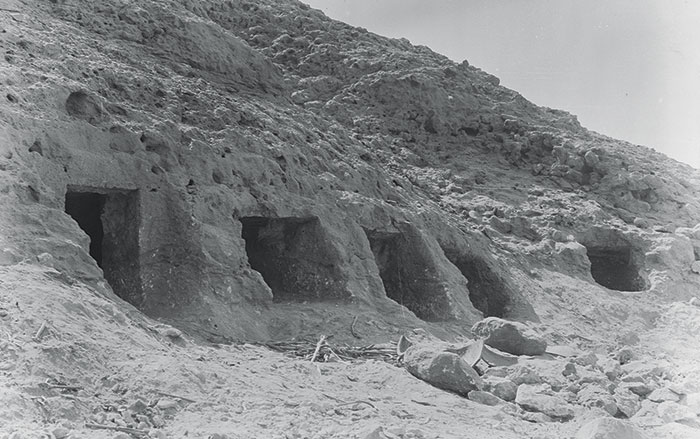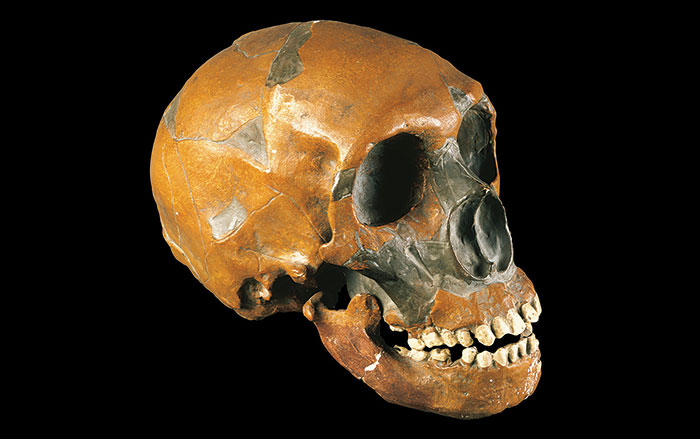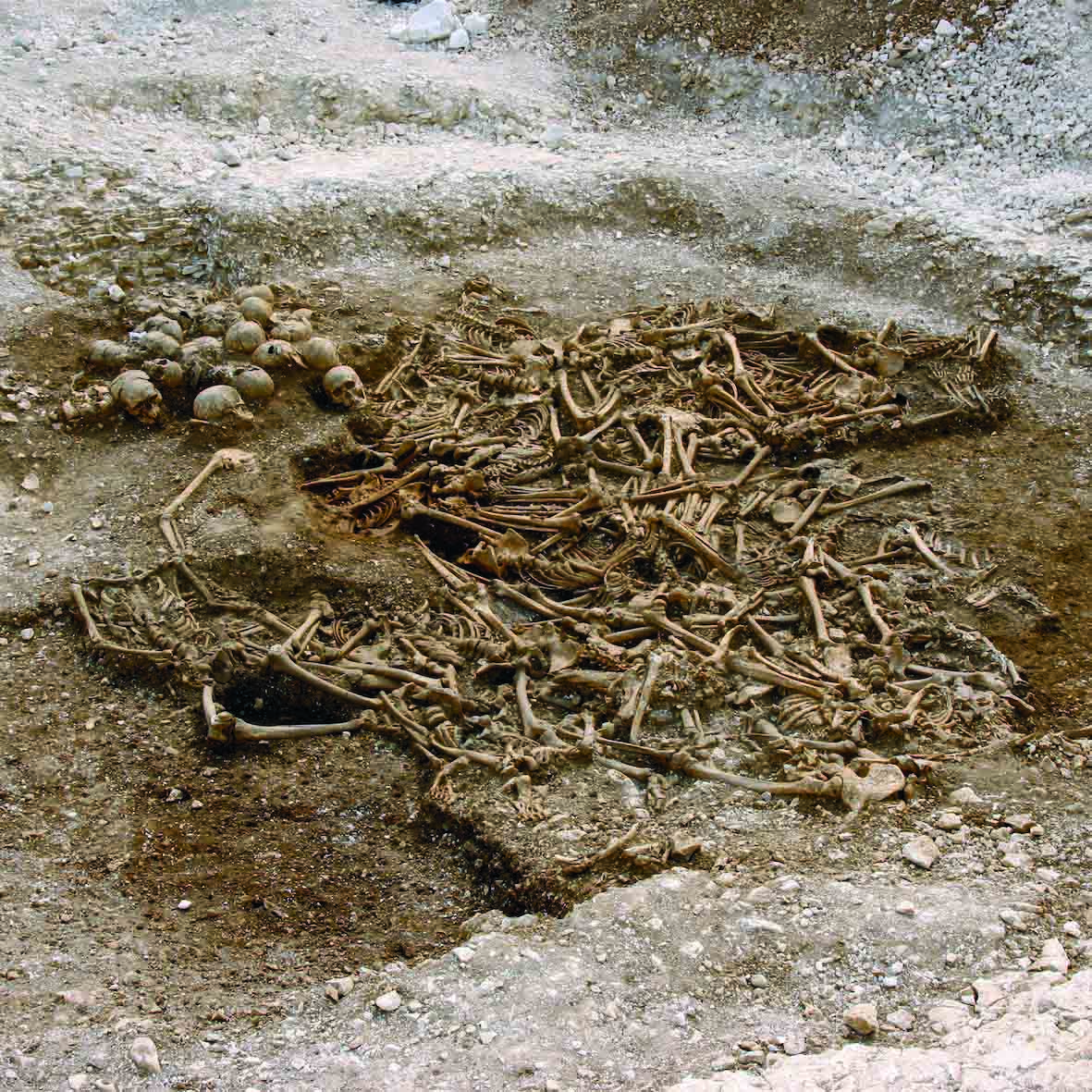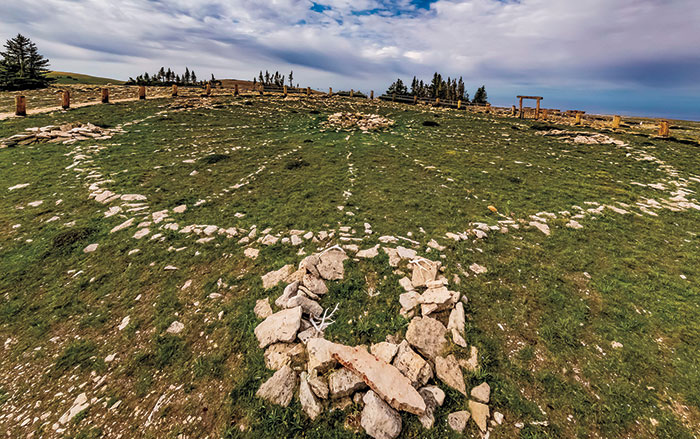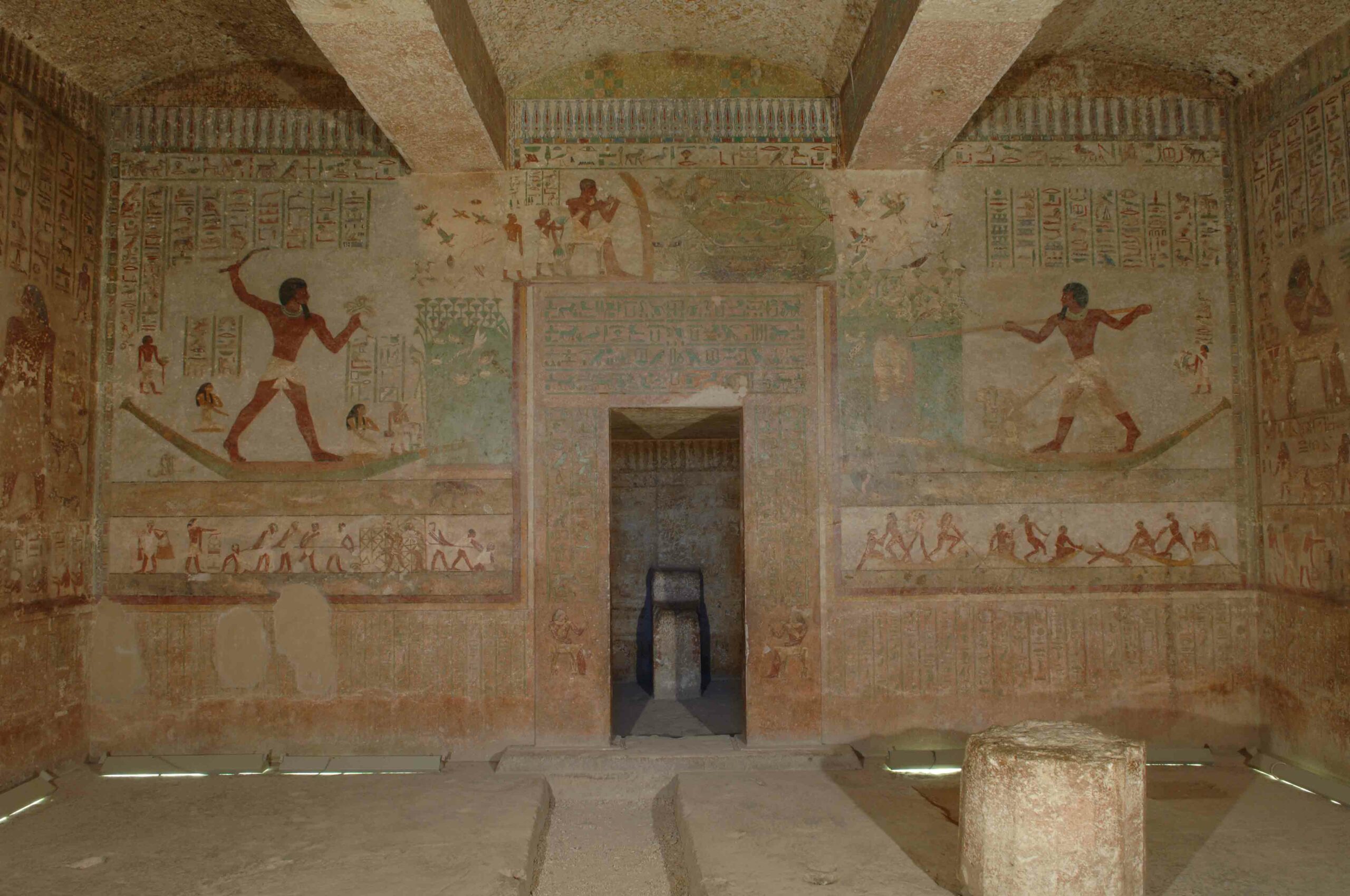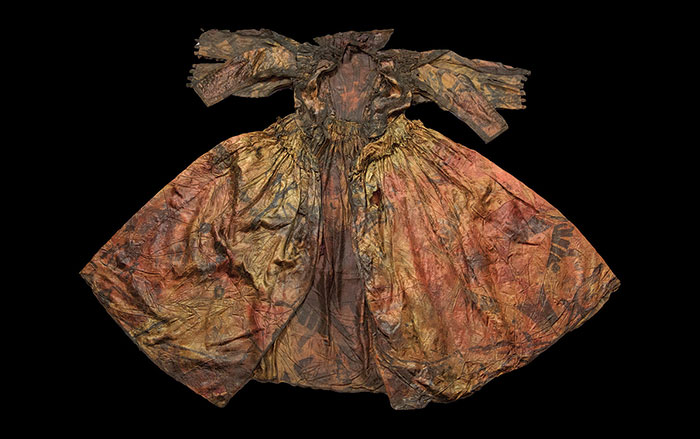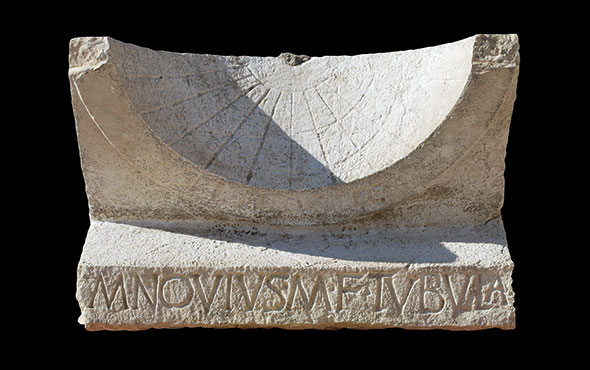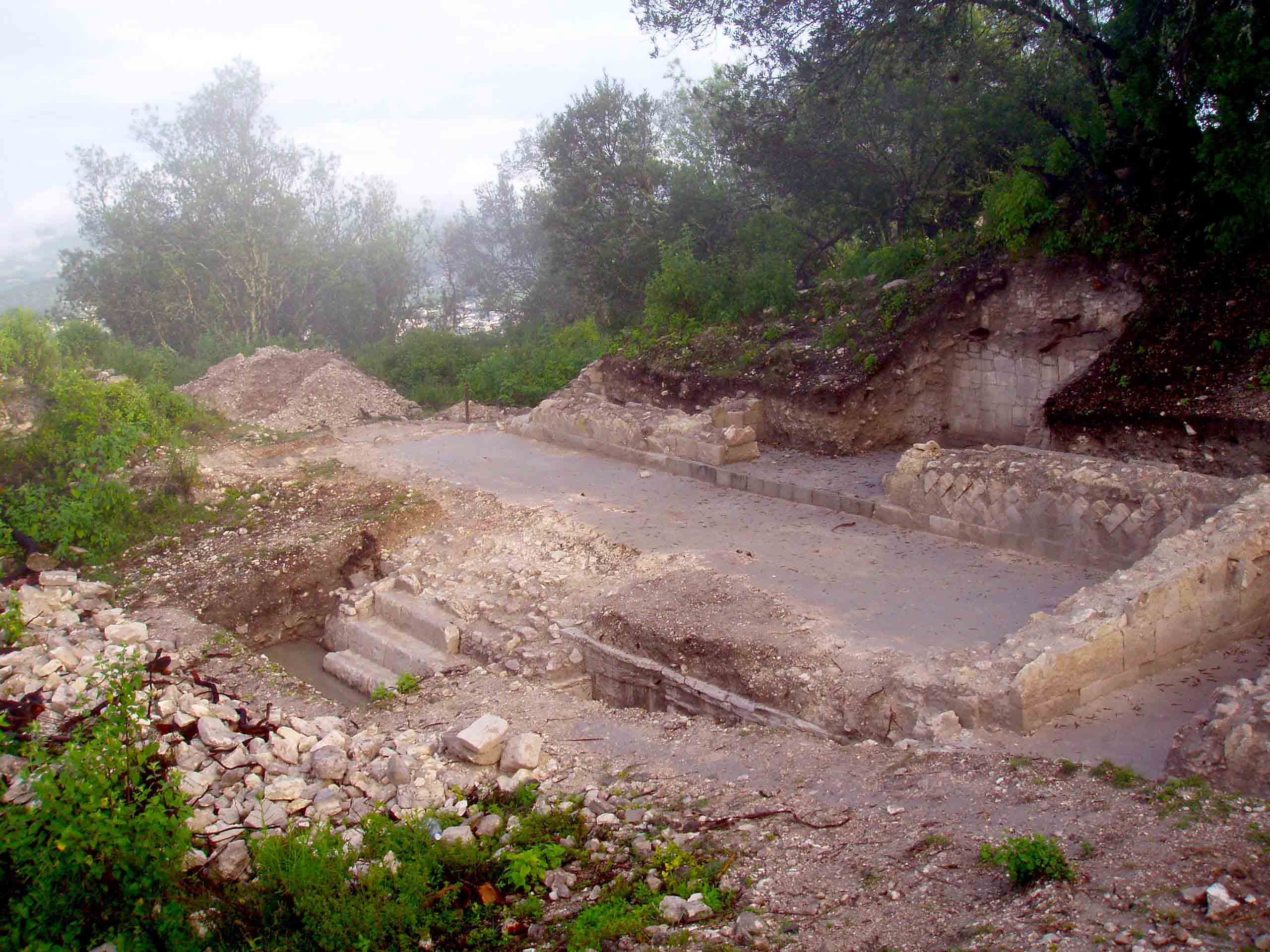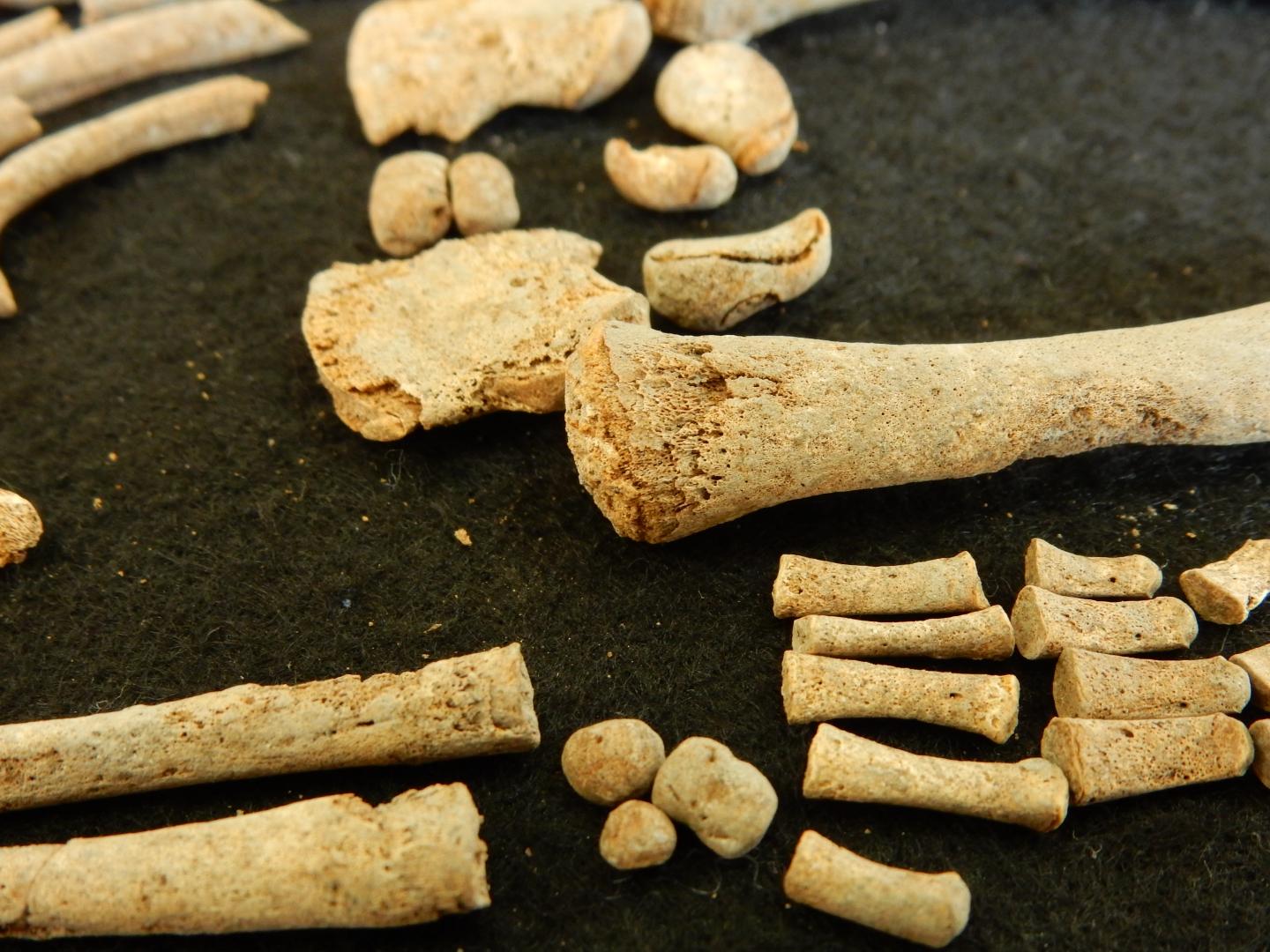
JENA, GERMANY—Cosmos reports that an international team of researchers has reconstructed three full genomes from historic samples of Treponema pallidum, the bacteria that causes syphilis and yaws. Five bone samples were obtained from seventeenth-century remains of infants interred at Mexico’s convent of Santa Isabel. All of the bones were damaged from infection, but the bacteria was recovered in only three of the samples. Two contained the subspecies that causes syphilis, and one contained the subspecies that causes yaws. The analysis suggests the two subspecies had mixed and recombined DNA, which may have affected its virulence. It has long been thought that syphilis was carried from the New World and introduced to the Old World in the late fifteenth century by Columbus’s crew and other early European explorers. But some scientists now think bone lesions found in older remains in the Old World could be signs of treponemal diseases, and not just leprosy, as had been previously thought. The late-fifteenth-century outbreak of syphilis in Europe may have been caused by a virulent New World strain, the researchers suggest, or it may have been brought on by urbanization and close living quarters. The newly mapped genomes should help researchers investigate the causes of bone lesions in Old World individuals who died before Columbus made his journey. To read about research into diseases that may have been brought from the Old World to the New World, go to “Conquistador Contagion.”


